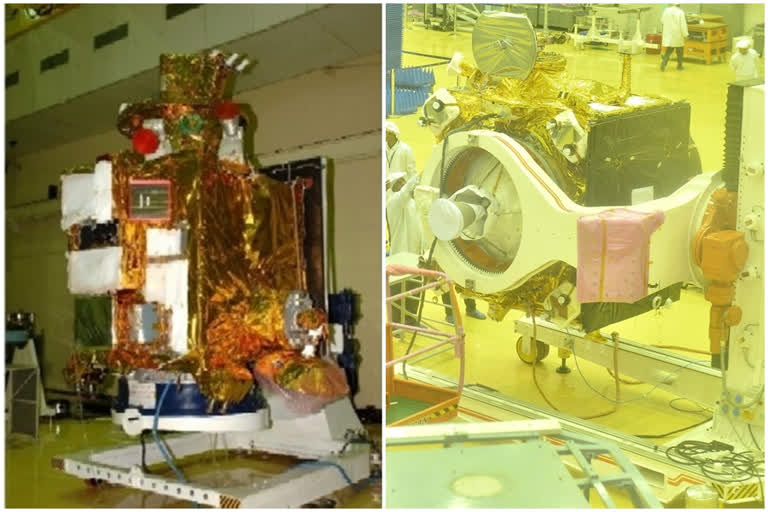New Delhi: India's second sojourn to the moon, Chandrayaan 2 is an Indian lunar mission that will boldly go where no country has ever gone before -- the Moon's south polar region.
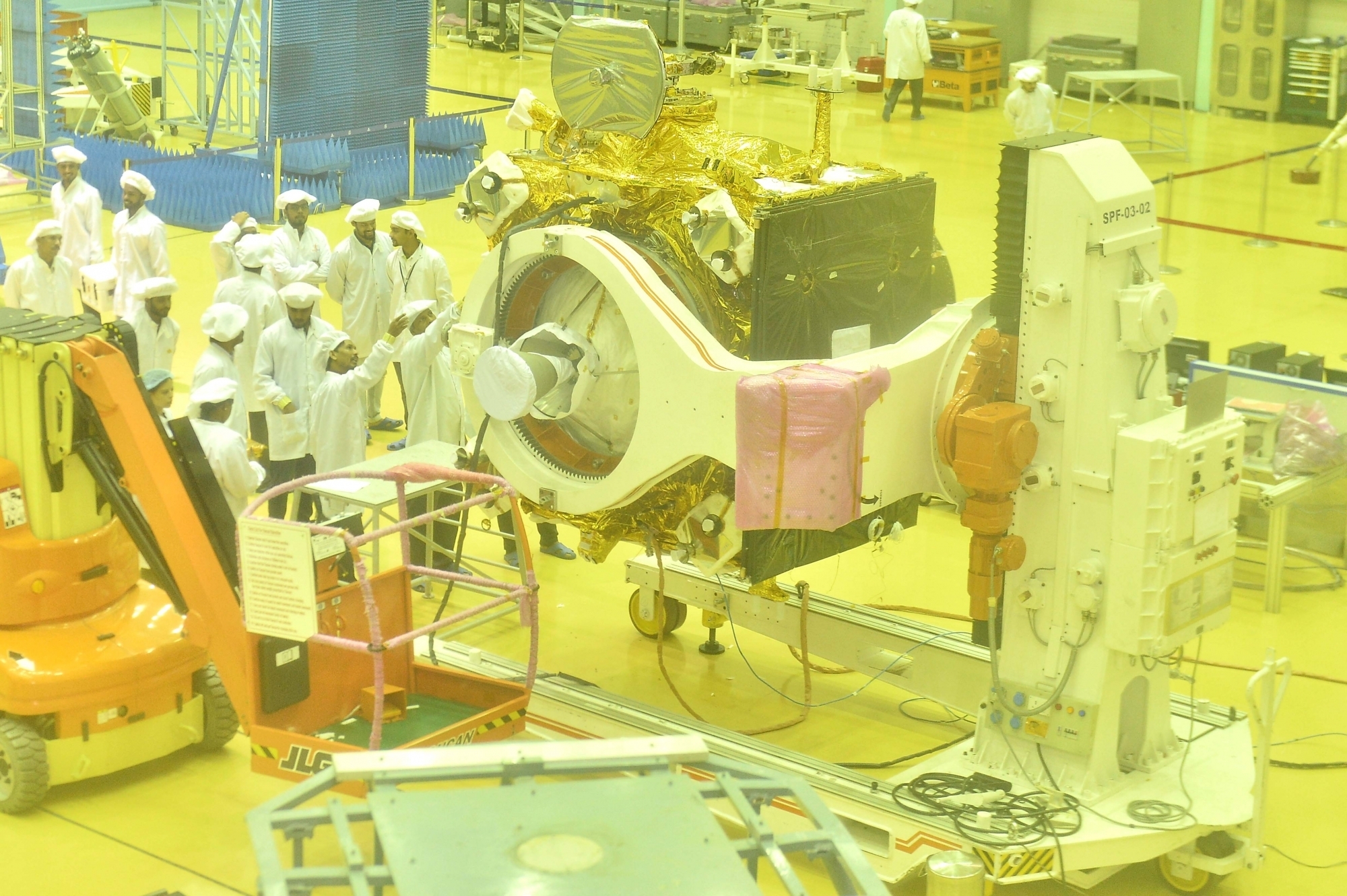
So, how different is the Chandrayaan -2 from its predecessor?
The Budget
While the Chandrayaan - 1 mission cost India only an estimated Rs 386 crore, the upgraded Chandrayaan -2 mission will cost Rs 978 crore, including Rs 603 crore for the orbiter, lander, rover, navigation and ground support network and Rs 375 crore for the rocket. A fact which shows the cost-effectiveness of the missions is that the Hollywood space blockbuster Interstellar cost a whopping Rs 1,062 crore ($165 million).
The launchers
While Chandrayaan-1 was launched by the Polar Satellite Launch Vehicle (PSLV-C11), the Chandrayaan-2 will be launched by the GSLV Mk-III.
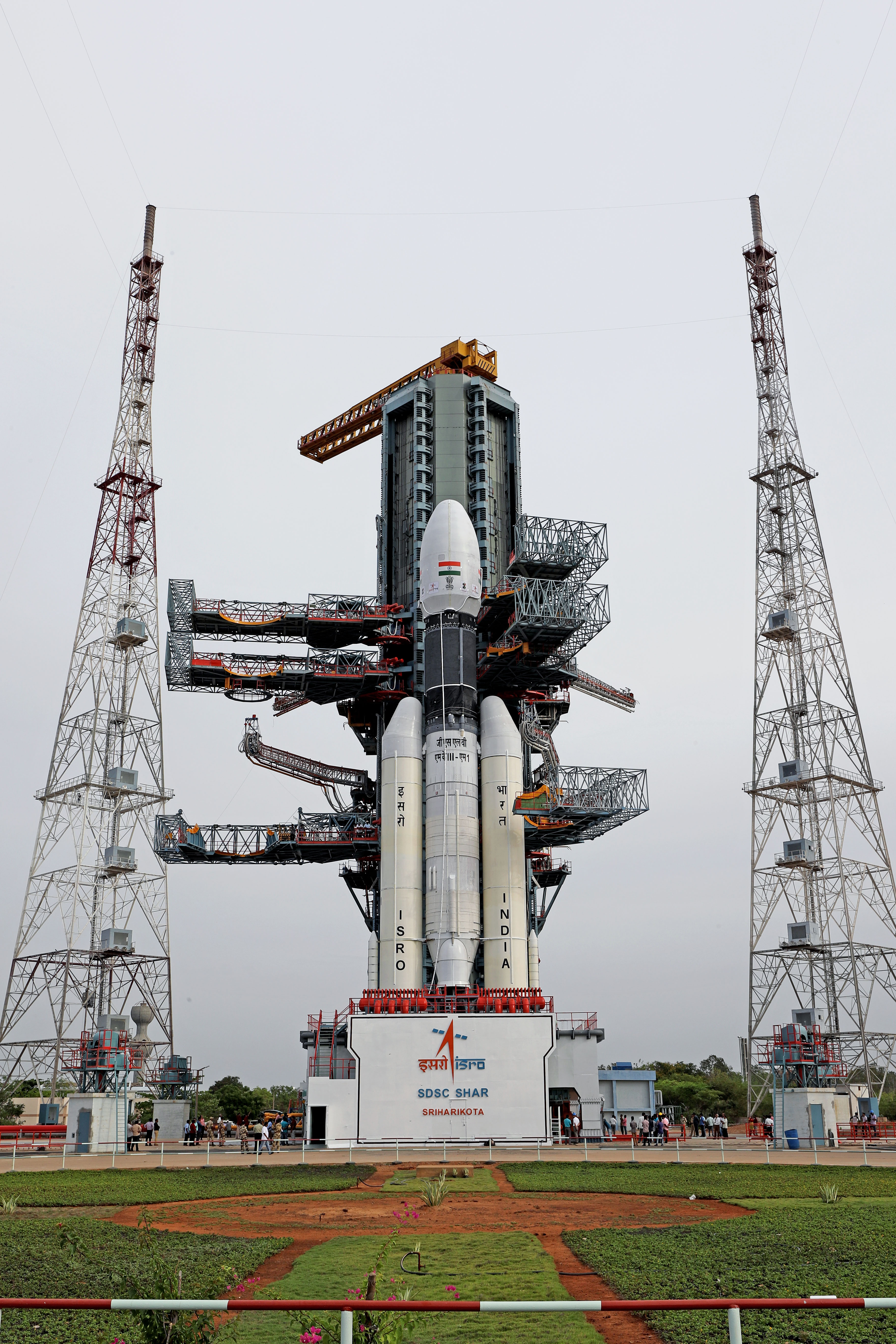
Chandrayaan-1 had 11 payloads --five from India, three from Europe, two from the US and one from Bulgaria.
On the other hand, Chandrayaan -2 will carry 13 Indian payloads (8 on orbiter, 3 on lander and 2 on rover) and one passive experiment from NASA.
The landing
After orbiting the moon for a few days, Chandrayaan -1's Moon Impact Probe (MIP) crash-landed on the lunar surface on 14 November 2008, near a crater at the south pole. During its free-fall, it detected the presence of water on the moon.
However, with Chandrayaan -2, the lander would 'soft land' on the moon at a predetermined site and deploy the Rover. India would become the fourth country after USA, Russia, and China to perform a soft landing on the moon and put a rover on it.
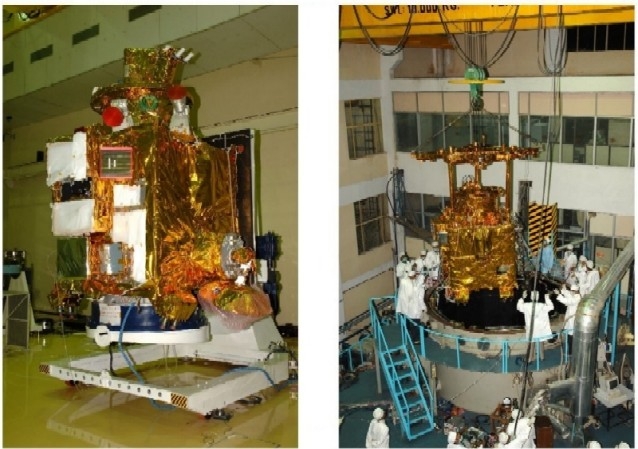
The Goal
Chandrayaan-1 orbited the moon and ejected a probe that discovered water molecules in craters at the moon’s poles, with the highest density inside permanently shadowed craters at the South Pole. The presence of water was deemed a breakthrough discovery.
The mission further detected traces of magnesium and silicon on the moon.
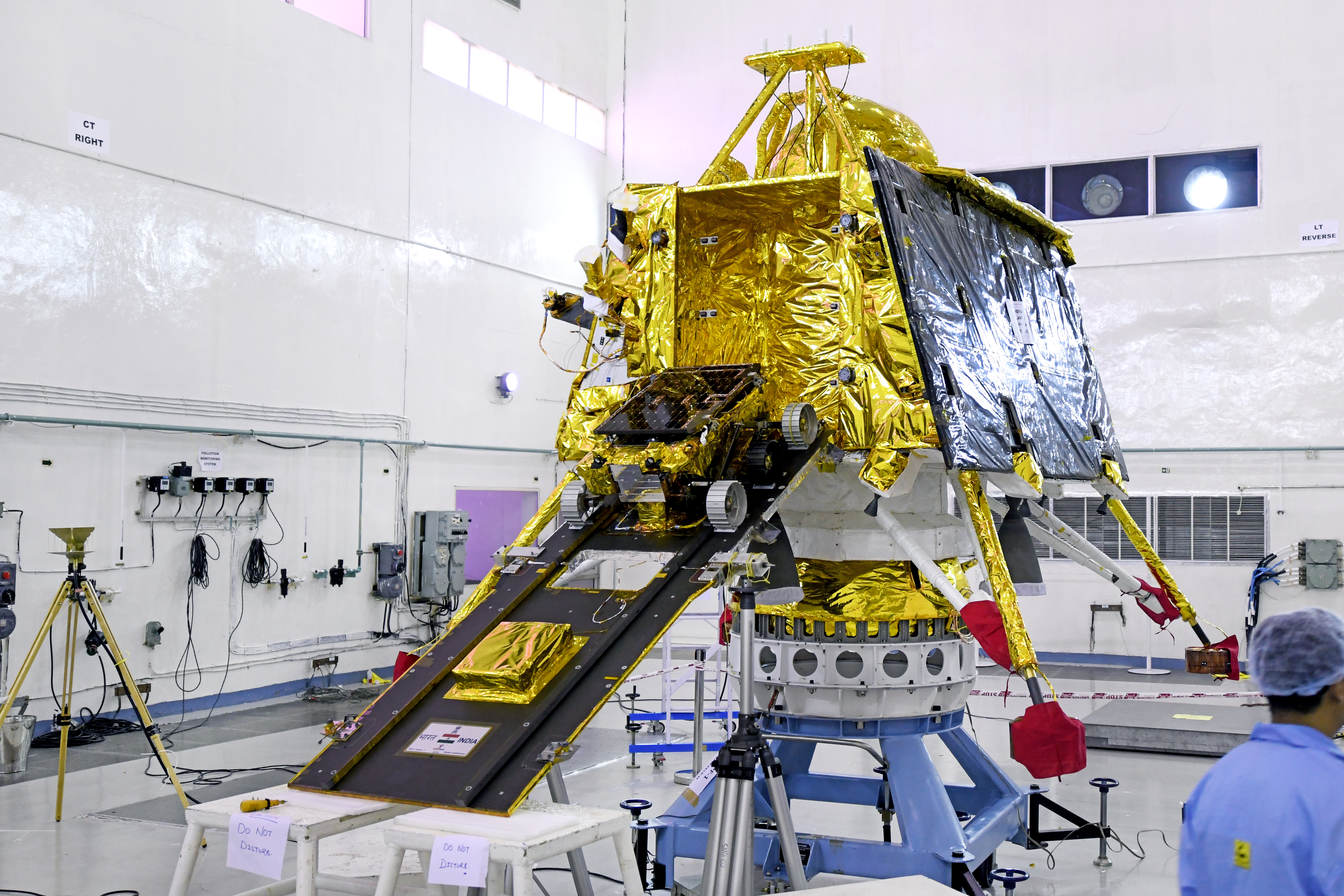
With Chandrayaan - 2, India will continue its search for water on the lunar surface. As part of the mission, Chandrayaan - 2 will land near the South pole of the moon - an unexplored territory as it is permanently under the shadow region.
The aim is to analyze crust samples for signs of water and helium-3. That isotope is limited on Earth, but is abundant on the moon. It could potentially solve the earth's power woes as it can theoretically meet global energy demands for 250 years if effectively used.
How successful was Chandrayaan -1?
After making 3400 orbits of the Moon, equipment failure forced the Chandrayaan -1 mission to be abandoned. Although the mission was less than 10 months in duration, and less than half the intended two years in length, ISRO termed the mission successful, as it had completed 95% of its primary objectives.
Chnadrayaan -2 is set to leave a lasting imprint of India's presence on the moon. The Rover has an Ashoka Chakra on one wheel, and the ISRO logo on the other, while the Lander will have a small tricolour too, and these will be engraved on the surface of the moon.
Read: Chandrayaan -2 is a very important, prestigious mission: ISRO chairman
